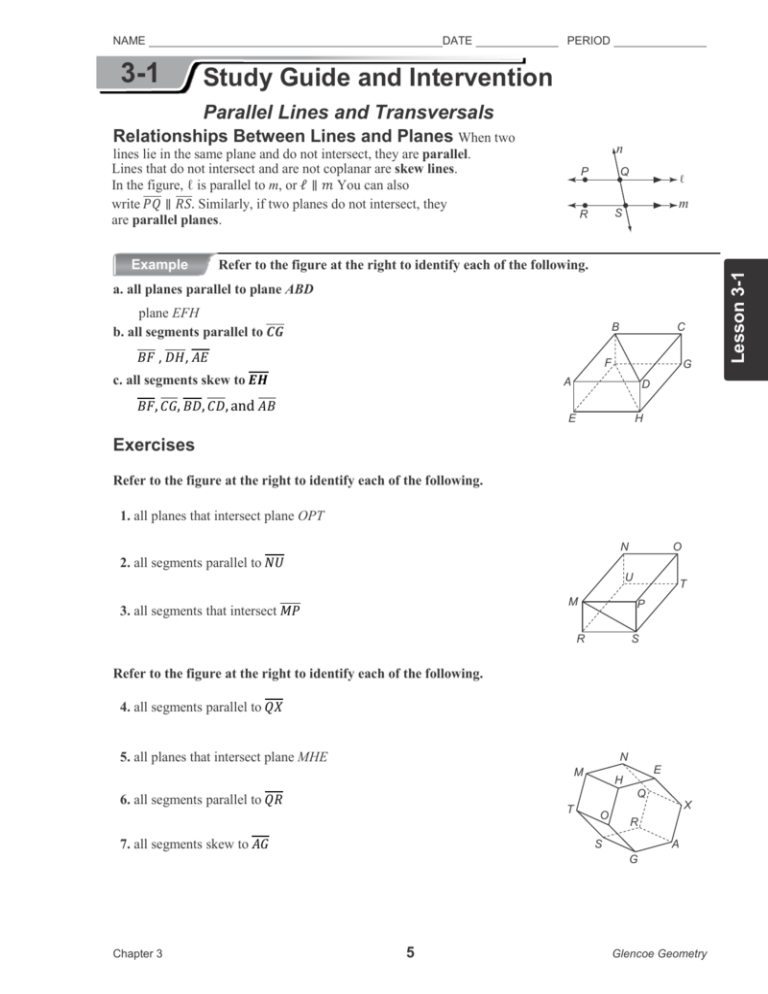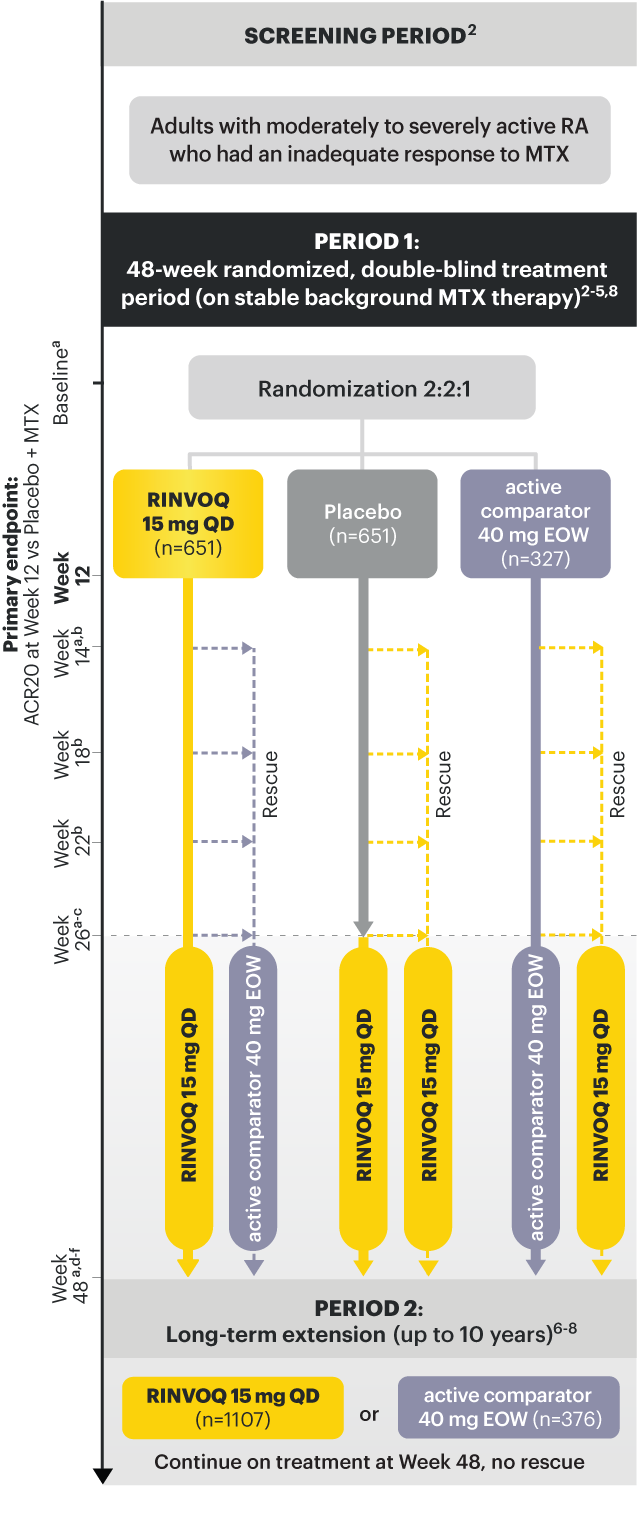Table Of Content

Observational studies are studies that we conduct without any intervention or experiment. Case-control studies differ from cross-sectional studies in that case-control studies compare groups retrospectively and cannot be used to calculate relative risk. Cross-sectional studies can be either qualitative or quantitative, depending on the type of data they collect and how they analyze it. Often, the two approaches are combined in mixed-methods research to get a more comprehensive understanding of the research problem. Cross-sectional studies do not provide information from before or after the report was recorded and only offer a single snapshot of a point in time. Researchers are able to look at numerous characteristics (ie, age, gender, ethnicity, and education level) in one study.
Article Metrics
The way soft skills evolve and the role of education in developing those skills, inevitably lead to the development of new education, training and assessment methods (Kyllonen 2013). The current study arises from a retrospective ex-post facto design (Montero and León 2002) through a thematic and bibliometric analysis. The purpose of this study is to provide an overview of the scientific research conducted on transversal competences over the past ten years at Vocational and Educational Training level.
Categorisation of data
Because all of the variables are analyzed at once, and data does not need to be collected multiple times, there will likely be fewer mistakes as a higher level of control is obtained. For example, a cross-sectional study could be used to investigate whether exposure to certain factors, such as overeating, might correlate to particular outcomes, such as obesity. Typically, these studies are used to measure the prevalence of health outcomes and describe the characteristics of a population.

Healthcare
Unlike case-control studies, they can be used to describe, not only the odds ratio, but also absolute risks and relative risks from prevalences (sometimes called prevalence risk ratio, or PRR). They may be used to describe some feature of the population, such as prevalence of an illness, or they may support inferences of cause and effect. The Systemic Design Association's membership ethos is to co-create the socialization and support for all members to contribute their work, find feedback and collaboration where needed, and pursue their pathways toward research and practice outcomes that naturally build a vital design field for the future.
Doctoral education in Europe: models and propositions for transversal skill training
Cross-sectional studies may involve special data collection, including questions about the past, but they often rely on data originally collected for other purposes. They are often used to assess the prevalence of acute or chronic conditions, or to answer questions about the causes of disease or the results of intervention. This form of research requires the scholar to partake in the use of, or observe others use, a designed object or system.
In interventional studies (also known as experimental studies or clinical trials), the researcher deliberately allots participants to receive one of several interventions; of these, some may be experimental while others may be controls (either standard of care or placebo). Allotment of participants to a particular treatment arm is carried out through the process of randomization, which ensures that every participant has a similar chance of being in any of the arms, eliminating bias in selection. There are several other aspects crucial to the validity of the results of a clinical trial such as allocation concealment, blinding, choice of control, and statistical analysis plan.

These specimens were then cultured, the growth identified, and antibiotic susceptibility and resistance were assessed.
Analysis of the relationship between the gut microbiome and dementia: a cross-sectional study conducted in Japan ... - Nature.com
Analysis of the relationship between the gut microbiome and dementia: a cross-sectional study conducted in Japan ....
Posted: Wed, 30 Jan 2019 08:00:00 GMT [source]
Because case-control studies are usually based on individual-level data, they do not have this problem. The use of routinely collected data allows large cross-sectional studies to be made at little or no expense. Longitudinal studies differ from both in making a series of observations more than once on members of the study population over a period of time. Design studies can refer to any design-oriented studies but is more formally an academic discipline or field of study that pursues, through both theoretical and practical modes of inquiry, a critical understanding of design practice and its effects in society.
What’s the difference between cross-sectional and cohort studies?
He conducted a survey among small to mid-size enterprises (SME) and VET providers from six countries. Studies with a cross-sectional study design involve the collection of information on the presence or level of one or more variables of interest (health-related characteristic), whether exposure (e.g., a risk factor) or outcome (e.g., a disease) as they exist in a defined population at one particular time. If these data are analyzed only to determine the distribution of one or more variables, these are “descriptive.” However, often, in a cross-sectional study, the investigator also assesses the relationship between the presence of an exposure and that of an outcome. Such cross-sectional studies are referred to as “analytical” and will be discussed in the next article in this series.
Then, in the future, program designers and vocational educators should develop teaching models in which knowledge and competence development can be fostered in balance. Frequently, employers complain that graduates who enter the job market today are not equipped with the right set of soft skills that would enable them to integrate and contribute effectively at the workplace (Abdullah-Al-Mamun 2012) and some experts have explored this issue. For example, Asonitou and Hassall (2019) examined the incorporation of professional skills into Greek accounting education studies.
However, due to the nature of study design, in general, it is difficult to derive causal relationships from cross-sectional analysis. As the number of early career researchers seeking employment outside academia continues to grow, all actors must cooperate to enhance transversal skills training for doctoral students. Universities must continue to improve international mobility, mentoring, joint research, career services, industry-based projects and university–industry partnerships to help doctoral students develop discipline-specific and transferable skills for academic and industry career. Private enterprises need to provide on-the-job learning opportunities for doctoral candidates who could be potential employees. Doctoral candidates must actively search and participate in transversal skills development opportunities. The present bibliometric study provides an overview of the scientific research carried out during the last 10 years in the field of transversal competences in VET.
It is a process of selecting and adapting certain components to suit the objectives and conditions of the potential importing country. In the case of a vocational training system, a country seeking to reform its existing system does not simply replace it with that of Germany or any other country. Instead, it reviews the experiences of various countries and selects the features that best fit its own goals, structures and culture, adapting them as necessary (Euler 2013, 6). Study designs are the set of methods and procedures used to collect and analyze data in a study.
Baumeler (2019), taking as an example the dual VET system in Switzerland, explores the question of whether this successful concept can be transferred to a completely different context, as it is the case of India. The results show that the pedagogical concept of competence-based is not transferable due to the different “culturally coined educational concepts and practices in the context of schooling” (Baumeler 2019, 11). We will discuss this further in the implementation of transversal competences in VET models’ section and in our conclusions. In response to industry demands, a university should not be seen as a place where doctoral students formulate a theory about the net ideology of a discipline but as a place for socializing, interacting, arguing critically and developing transferable skills for various careers.

No comments:
Post a Comment